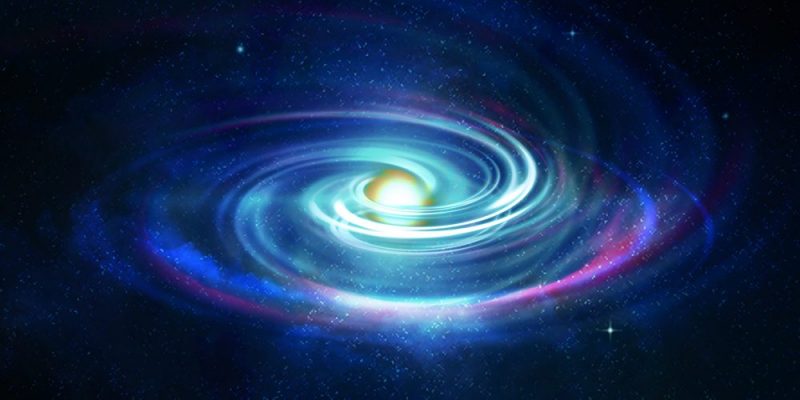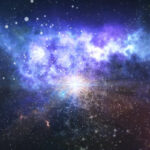We explain everything about the origin of matter, the currently accepted theories and its process until the formation of life.

What is the origin of matter?
To explain what is the origin of matter It is necessary to go back to the currently accepted theories regarding the origin of the universe, since given the laws of physics, the amount of matter and energy in the universe must be constant.
This theory about the origin of what exists is that of the so-called “Big Bang” (The Big Bang), and explains that the universe was originally a hyperconcentrated particle that contained all the energy and matter we know very densely packed together.
This point was in itself tremendously unstable and 13,798 million years ago A gigantic explosion occurred in it that released an enormous amount of heat (which is estimated at 1032 °C) and that began the process of expansion and, therefore, cooling of the universe.
As the temperature decreased, the different elements began to form known, following the subatomic particles that we know: protons, neutrons and electrons, which began to combine to build atoms.
It is estimated that the first appeared around 3 minutes 20 seconds after the explosion when the temperature of the universe had dropped to 1 billion degrees Celsius.
Initially, the only elements created were hydrogen and helium, the simplest known, in gigantic gas clouds suspended in a vacuum. The atoms began to attract each other due to the gravity of their own mass and increasingly dense clouds of gas were forming whose weight and internal pressure began to rise to the point that its atomic nuclei began to fuse, releasing gigantic amounts of energy, as happened with atomic bombs or inside nuclear reactors, but on a much larger scale. This is how the first stars were born.
Inside the stars, a massive nuclear reaction occurred (and still occurs) that emits a lot of light and a lot of heat, and by fusing the atomic nuclei of the elements that constituted them, it gives rise to new, more complex elements.
These stars were massive (between 3 and 16 times the size of the Sun) so its enormous gravity was enough to force the atomic nuclei, increasingly larger (and therefore with greater electrical charge), to fuse despite the repulsive forces that separate them, generating more and more energy and heat.
That same gravity is what prevents stars from dissipating in their own explosion, keeping the generated material together in a large space fireball.
This is how oxygen, nitrogen or carbon were born and, later, even heavier elements. Eventually there were so many that they began to organize themselves in layers, the densest sinking towards the interior of the star, giving rise to even more complex elements, until almost reaching the total number of known elements.
Eventually these original stars completed their life cycle and exploded into large supernovae after burning all its fuel or reaching levels of matter that interrupted the nuclear reaction cycle.
Then the elements locked inside it spread at full speed through the universe, with such force that on the way many underwent changes and combinations thus giving rise to the heaviest and final elements of the periodic table.
These different elements, scattered throughout space, would eventually begin to come together and cool, combining with each other to form no longer new atoms, but complex molecules and chemicals.
These clusters of complex matter later would be planets, asteroids and all the astral bodies that we know including planet Earth and also new, young suns, like ours.
This matter is also what, inside our planet, would combine into increasingly complex substances and eventually into chains of molecules that would start life itself.
See also: Nuclear energy





